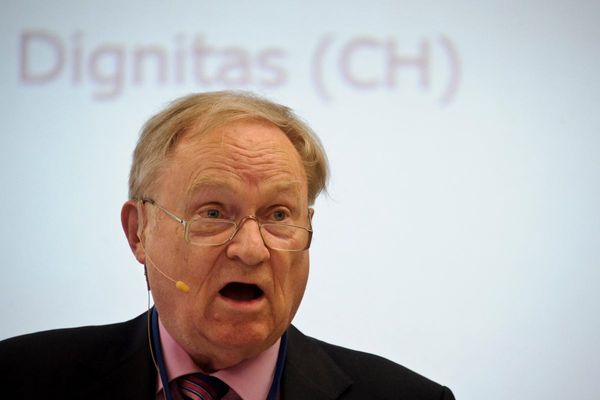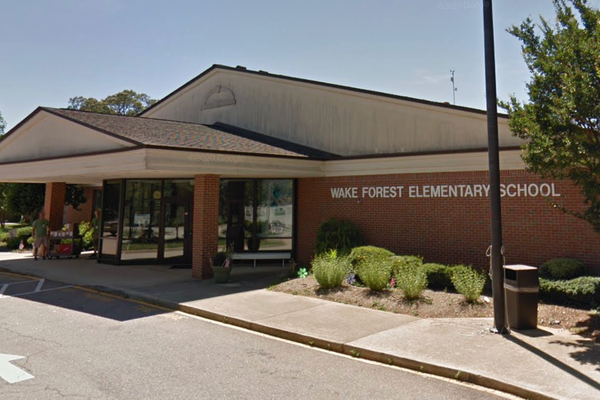
Land due to be used for the expansion of the Wimbledon tennis site by an area the size of 50 football pitches could not have greater legal protection from being built on, the High Court has heard.
Campaign group Save Wimbledon Park (SWP) is taking legal action against the Greater London Authority (GLA) over its decision last year to approve the All England Club’s proposal to almost triple the size of the site, which would see 38 pitches and an 8,000-seat stadium built on the former Wimbledon Park Golf Club.
Lawyers for the group told the High Court on Tuesday that the decision was unlawful as Wimbledon Park – a Grade II*-listed heritage site partly designed by Lancelot “Capability” Brown – was covered by restrictions on how it could be used.
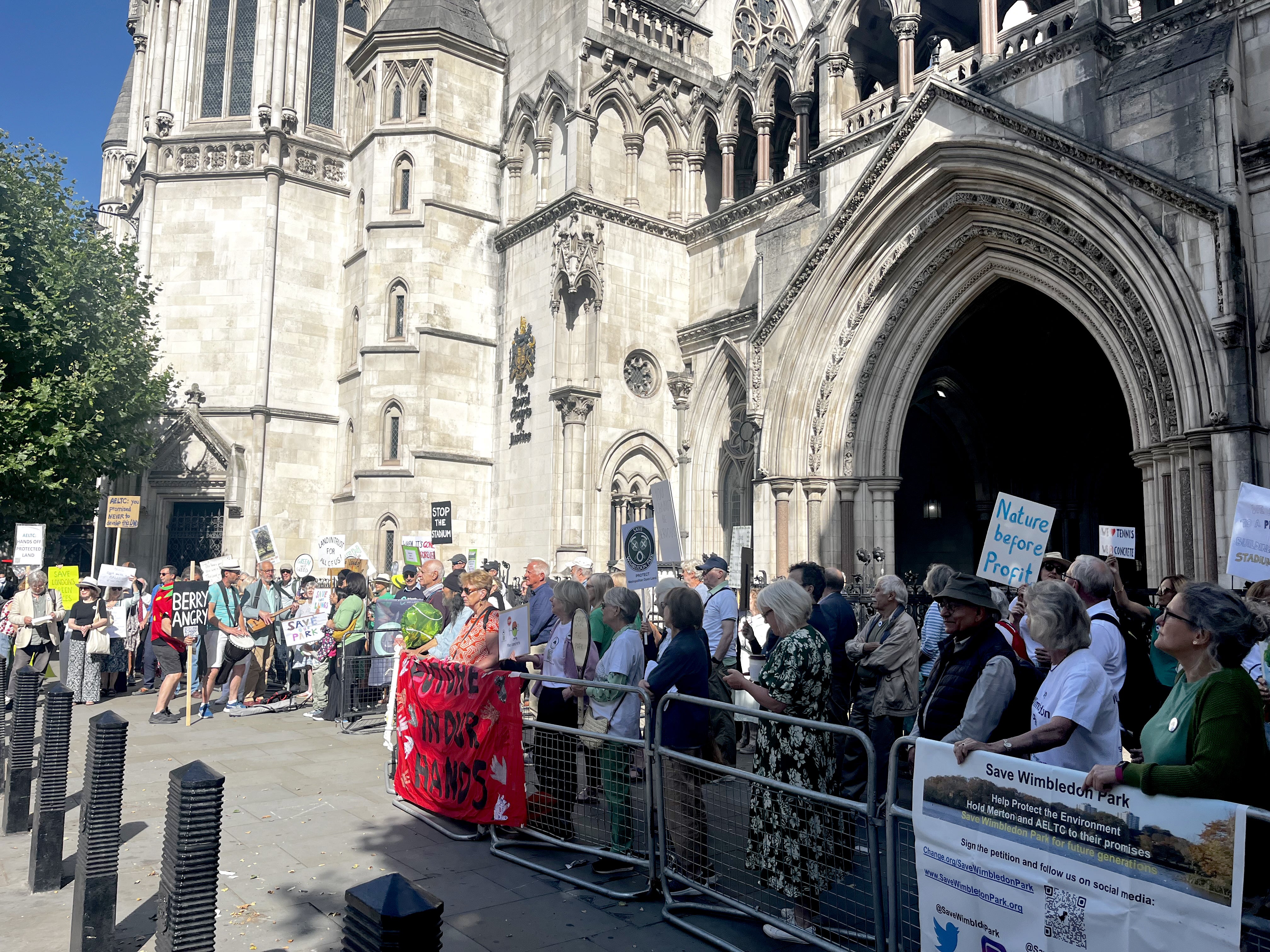
They have asked a judge to quash the decision and order it to be sent back to the authority for reconsideration.
The GLA and All England Club are defending the challenge and dispute that the restrictions exist, stating that the decision was “plainly rational”.
Opening the hearing, Sasha White KC, for SWP, told the court in London that the plans involved a “remarkably large area of land” which was the equivalent of 50 football pitches, which would see Wimbledon’s current total of 41 tennis courts increased to 80.
He said: “You could not have a more protected piece of land within the planning system, frankly.
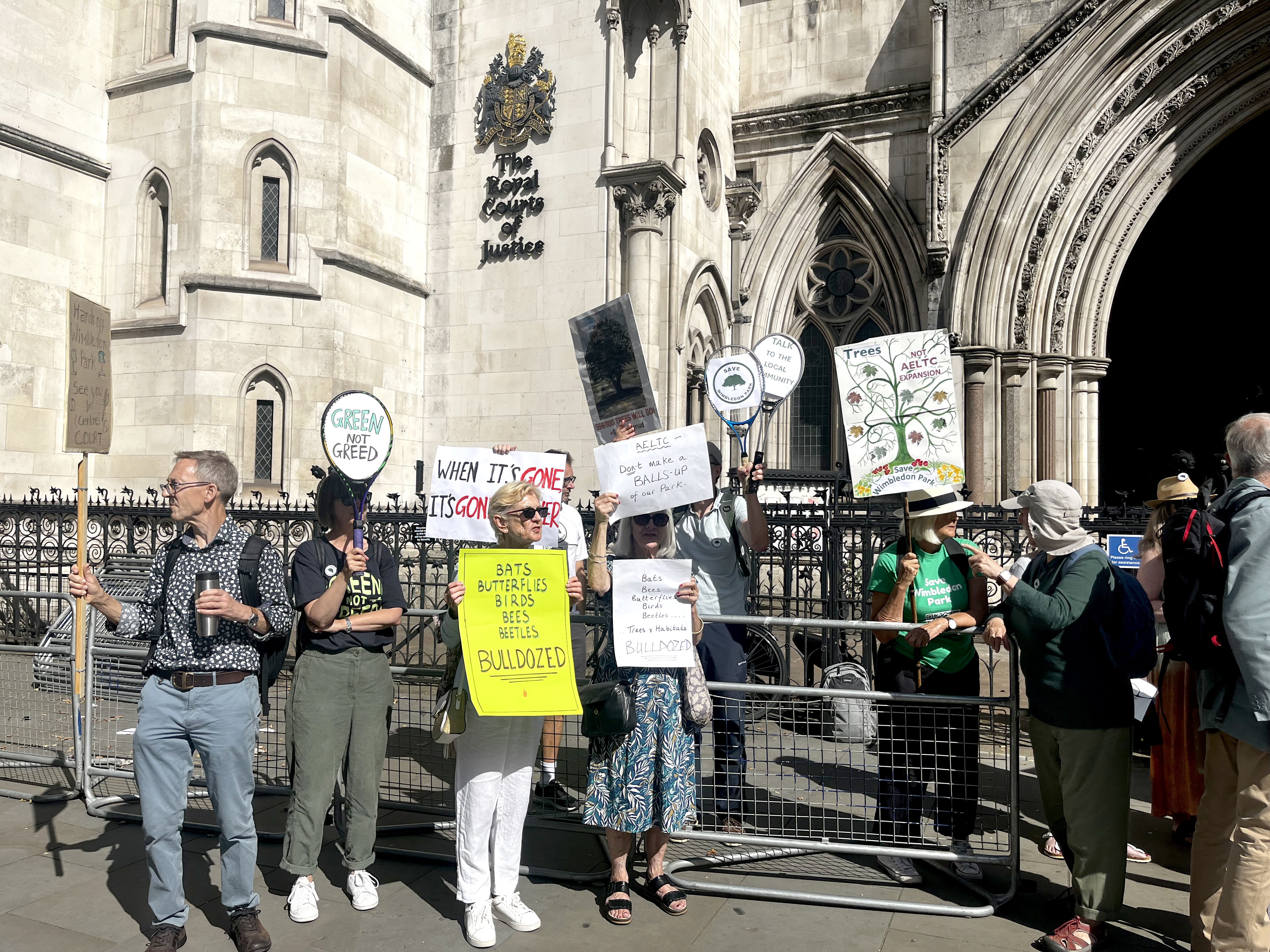
“The burden on (the All England Club) to justify the proposal… was very strong.”
The plans were first submitted to both Merton and Wandsworth councils, with the park straddling the boroughs, in 2021, after the All England Club bought out golf club members with the intention of developing the land.
In addition to the courts and associated infrastructure, seven maintenance buildings, access points, and an area of parkland with permissive public access would be constructed.
The proposals also include work on Wimbledon Lake, which would involve building a boardwalk around and across it.
After Merton Council approved the plans, but Wandsworth Council rejected them, the Mayor of London’s office took charge of the application.
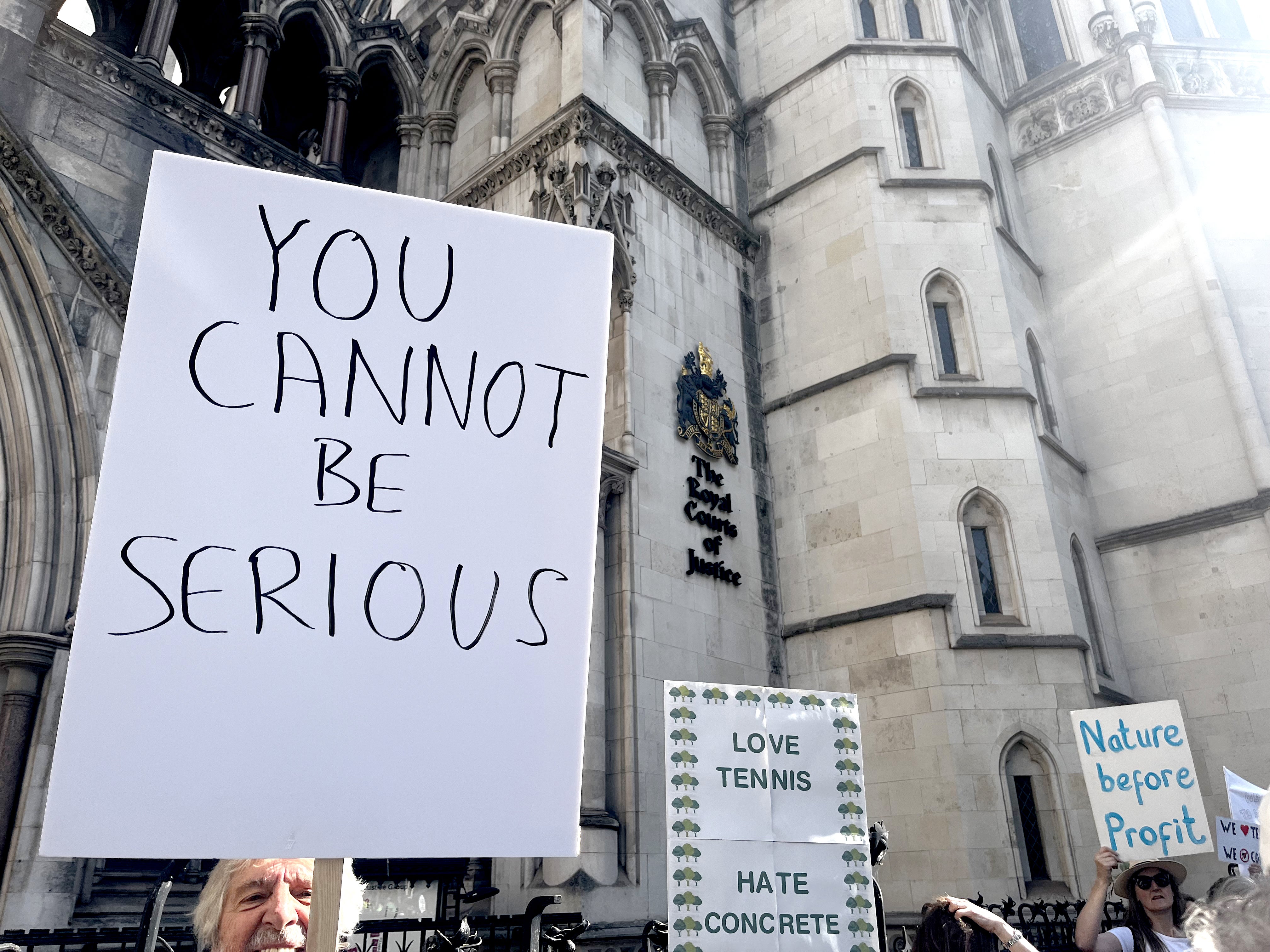
Mayor Sir Sadiq Khan then recused himself from the process in 2023, having previously expressed public support for the development.
Planning permission for the scheme was granted last year by Jules Pipe, London’s deputy mayor for planning, who said that the proposals “would facilitate very significant benefits” which “clearly outweigh the harm”.
Debbie Jevans, chair of the All England Club, said at the time that the proposals would deliver 27 acres of “newly accessible parkland for the community”, and would allow the qualifying tournament for Wimbledon – currently staged at Roehampton – to be held on-site.
In written submissions, Mr White said that the All England Club acquired the freehold for the golf course in 1993 and the leasehold in 2021.
But he said that the land was subject to a “statutory trust requiring it to be kept available for public recreation use” and that when the freehold was acquired, the club entered into “restrictive covenants” governing its use.
He said: “The covenants maintain the openness of the golf course land, prevent development and restrict its use so as not to impair the appreciation of the general public of the extent or openness of the golf course land.”
Mr White said that separate High Court proceedings were ongoing over whether a statutory trust existed.
He said that the GLA “failed properly to consider the potential implications” that the trust and covenants could have on the proposals, an error which “vitiated” its decision and meant it should be quashed.
In court, he said: “A judgment had to be made, and a judgment not to consider it a material consideration was irrational.”
Mark Westmoreland Smith KC, for the GLA, said in written submissions that Mr Pipe received “detailed advice” over the “relevance” of the “alleged” trust and covenants, and made his decision on the assumption that they existed.
The barrister said that the decision was a “planning judgment properly exercised and having regard to the appropriate and relevant factors”.
He said: “Officers advised that the alleged obstacle that they may present to delivery of the development was not itself a material consideration which should weigh against the grant of planning permission.”
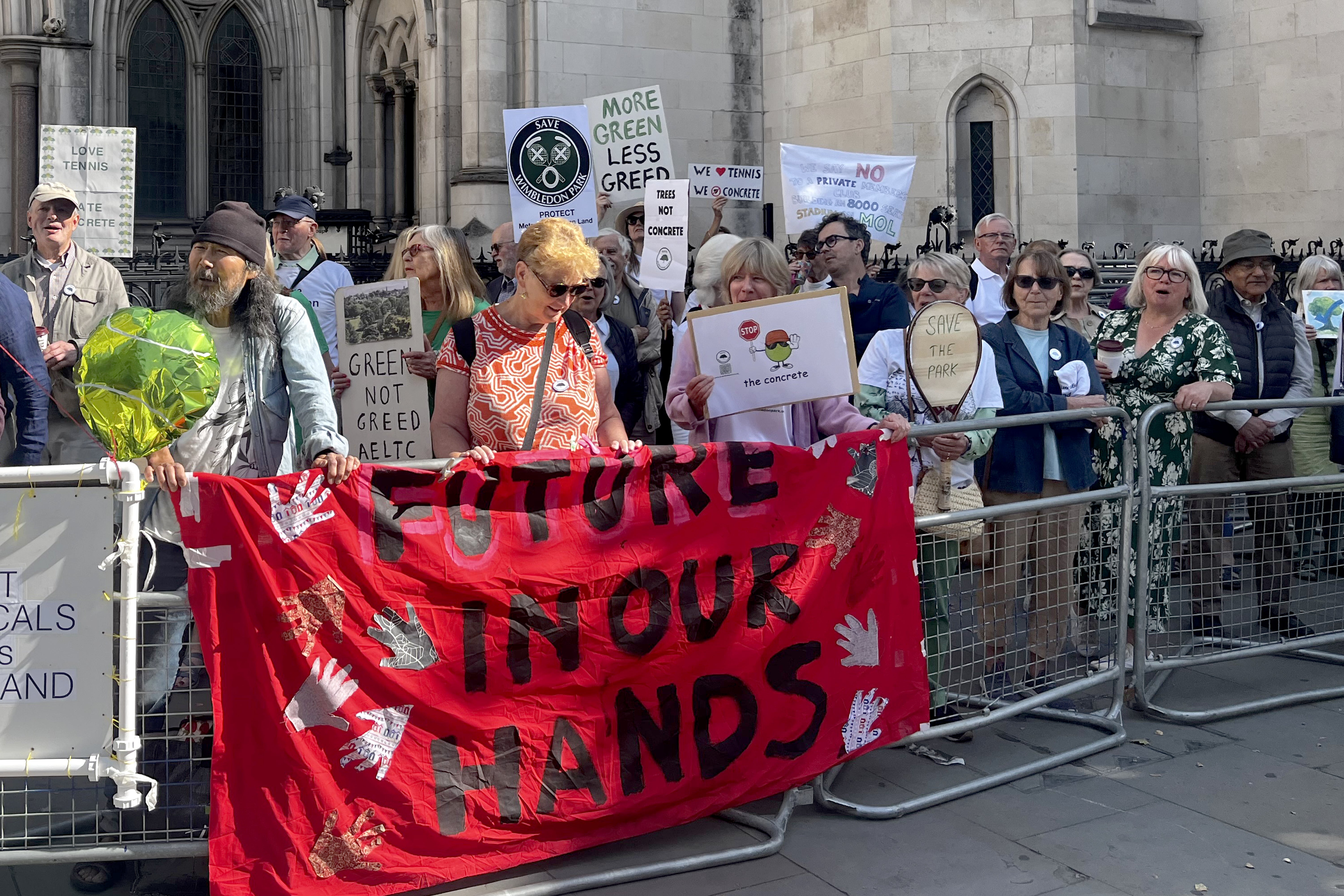
In his written arguments, Russell Harris KC, for the All England Club, said that planning officers “acknowledged and had regard to” the trust and covenants, but deemed they were not “material”.
He continued that the GLA could lawfully grant planning permission “even if the development is incompatible with a different, non-planning restriction on the use of the land”.
Dozens of campaigners attended Tuesday’s hearing before Mr Justice Saini, which is due to conclude on Wednesday.
A judgment is expected in writing at a later date.
